Automotive Wire Harness: Simplifying Vehicle Electrical Systems
Introduction:
The automotive industry is constantly evolving, and vehicles today are equipped with a multitude of electrical components, from advanced infotainment systems to complex engine management systems. Behind the scenes, one crucial element responsible for ensuring the seamless functioning of these electrical systems is the automotive wire harness. In this article, we will delve into the world of automotive wire harnesses, exploring their purpose, construction, components, and importance in modern vehicles.
- Purpose of Automotive Wire Harnesses:
Automotive wire harnesses serve as the central nervous system of a vehicle's electrical infrastructure. Their primary purpose is to organize and distribute electrical power and signals to various components, ensuring reliable connectivity throughout the vehicle. By consolidating multiple wires into a single, organized bundle, wire harnesses simplify installation, reduce the risk of electrical failures, and enhance overall system performance.
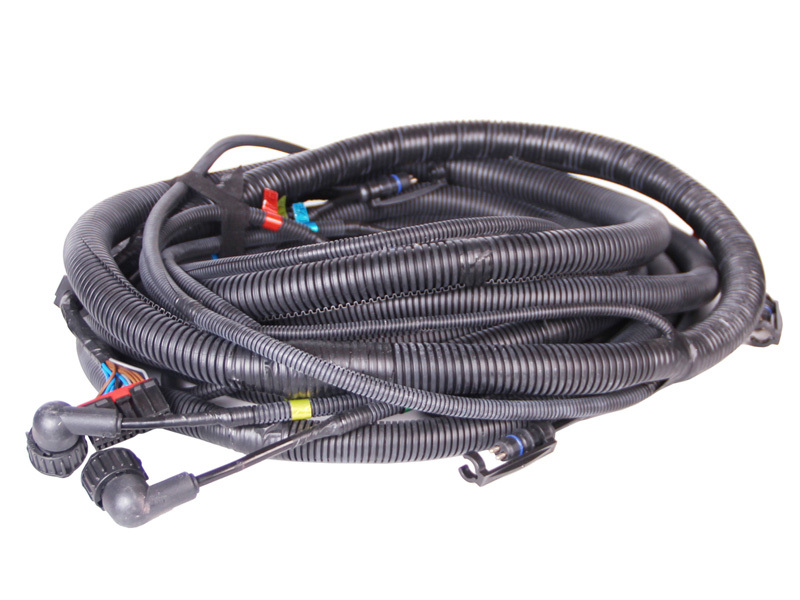 |
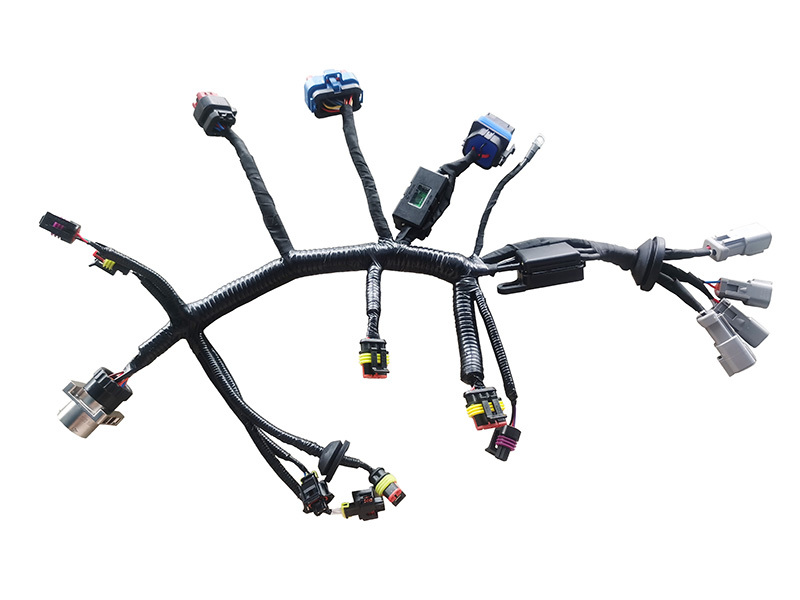 |
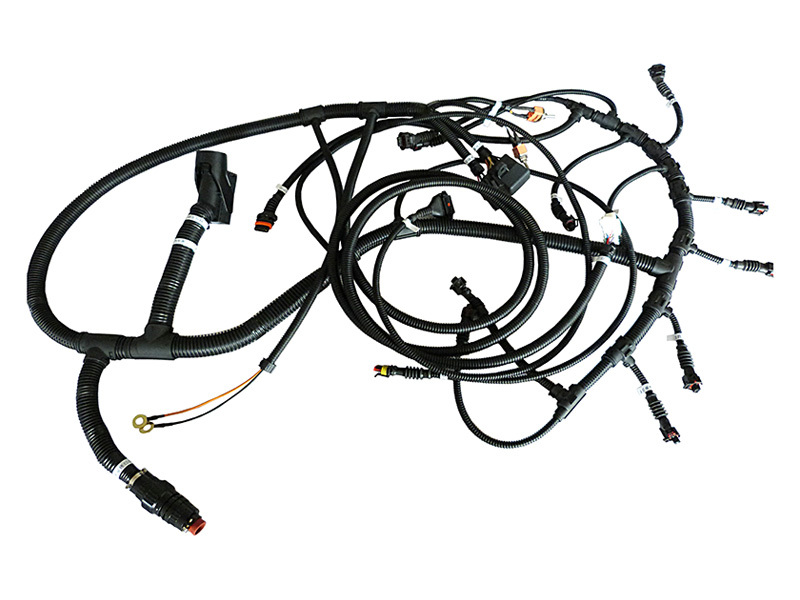 |
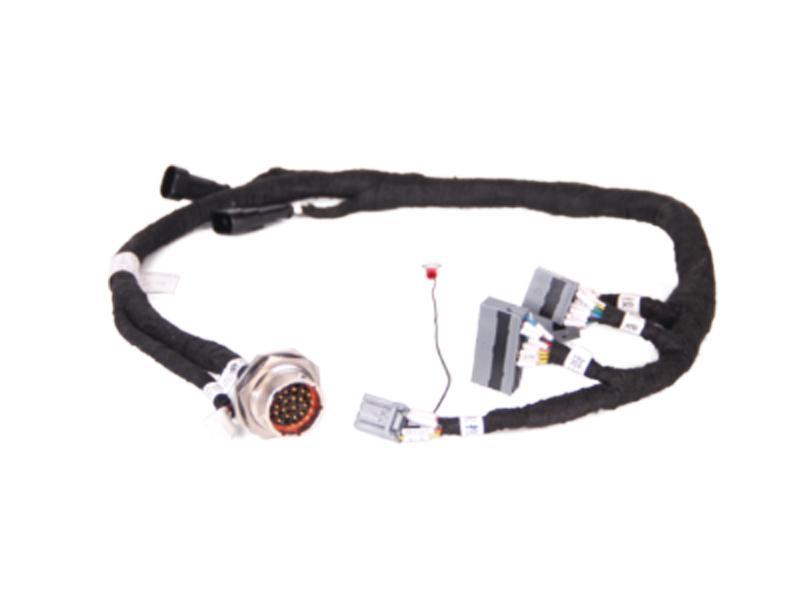 |
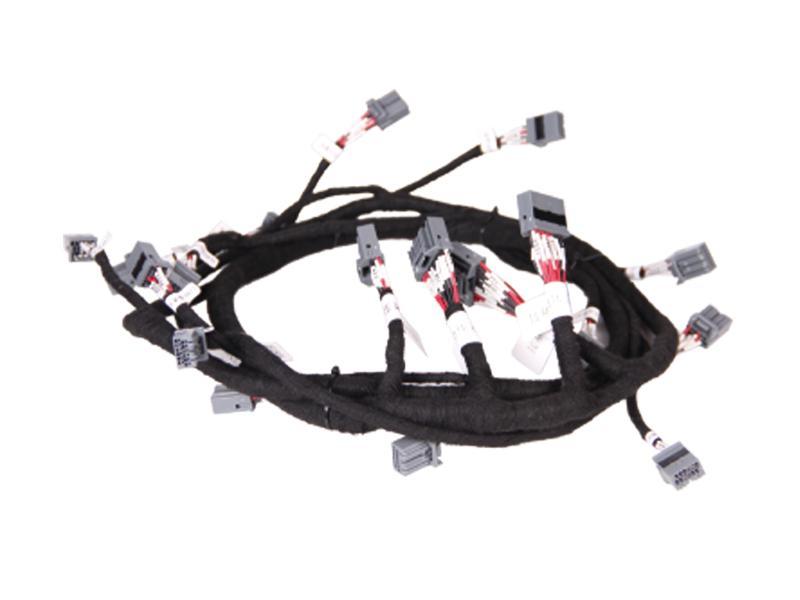 |
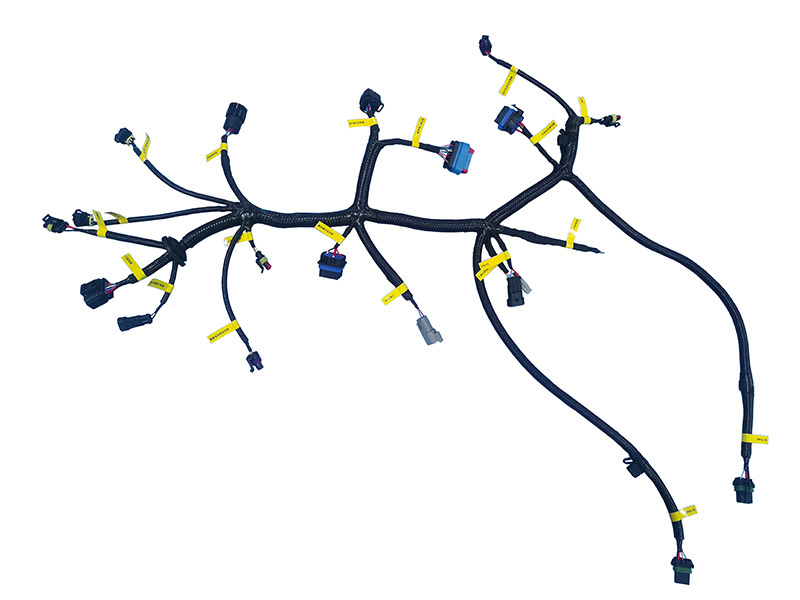 |
- Construction of Automotive Wire Harnesses:
Automotive wire harnesses consist of several key elements, each playing a vital role in their construction:
a) Wires: These are insulated conductors that carry electrical signals between components. They come in various gauges, materials, and colors, depending on their application and current-carrying capacity.
b) Connectors: Connectors are used to join wires together and establish connections with electrical components. They ensure secure and reliable electrical contacts while allowing for easy disconnection when necessary.
c) Terminals and Pins: Terminals are crimped or soldered to the ends of wires, while pins are inserted into connectors to create electrical connections. They provide a secure and standardized interface between the wire harness and the components it serves.
d) Tapes, Looms, and Sleeves: These protective elements shield the wires from external factors like heat, moisture, abrasion, and electromagnetic interference. They enhance durability, reduce the risk of wire damage, and contribute to the overall neatness of the wire harness assembly.
| a. wires | b. Connectors |
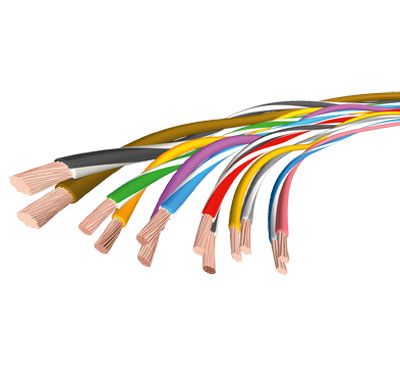 |
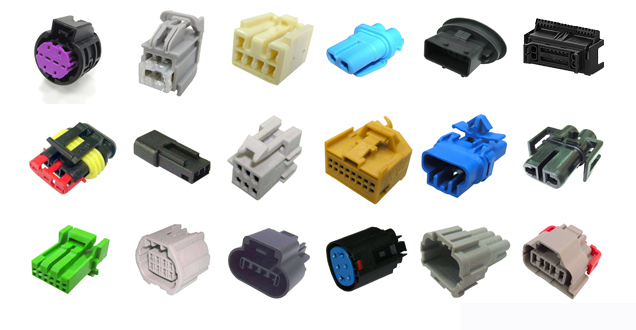 |
| c. Terminals and Pins | d. Tapes, Looms, and Sleeves |
 |
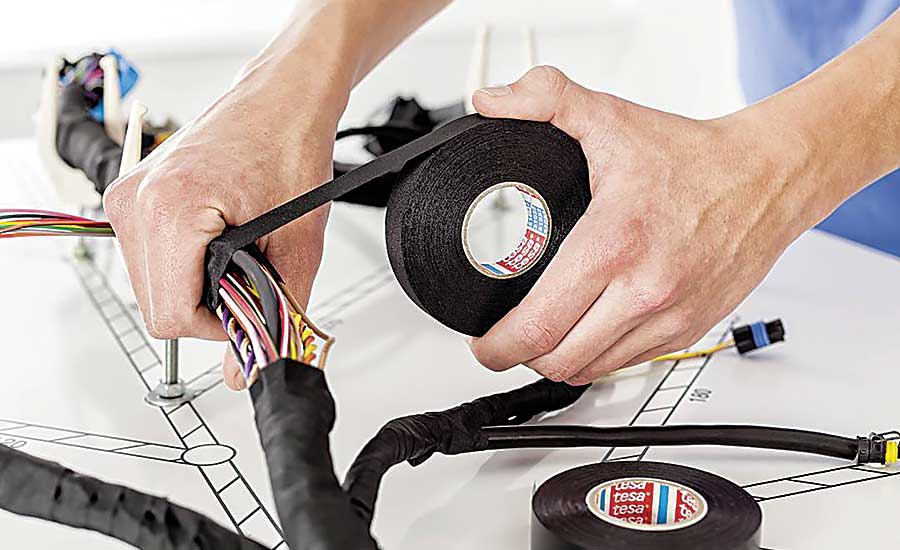 |
- Components of Automotive Wire Harnesses:
Automotive wire harnesses are designed to cater to a wide range of electrical systems within a vehicle. Some key components integrated into wire harnesses include:
a) Power Distribution: Wire harnesses ensure efficient distribution of power from the battery to various electrical components, such as the engine, lights, HVAC system, and audio systems.
b) Communication and Data Transfer: With the advent of advanced automotive technologies, wire harnesses facilitate the transmission of data and signals between components, such as sensors, control units, displays, and entertainment systems.
c) Safety Systems: Wire harnesses play a critical role in the functionality of safety systems, including airbags, anti-lock braking systems (ABS), traction control, and stability control. They enable fast and reliable communication between these systems to ensure rapid response in critical situations.
- Importance of Automotive Wire Harnesses:
Automotive wire harnesses are crucial for several reasons:
a) Simplified Installation: By consolidating multiple wires into a single harness, installation time and complexity are significantly reduced, saving manufacturers valuable production time and costs.
b) Enhanced Reliability: Wire harnesses provide protection against electrical failures caused by loose connections, wire damage, or short circuits. They are designed to withstand harsh environmental conditions, ensuring reliable performance throughout the vehicle's lifespan.
c) Improved Troubleshooting: The organized nature of wire harnesses allows for easier identification and troubleshooting of electrical issues. Techn icians can quickly locate and address problems, minimizing vehicle downtime.
d) Future Adaptability: Automotive wire harnesses are designed to accommodate future technological advancements. With the rise of electric vehicles and autonomous driving, wire harnesses can be adapted to support new components and functionalities, ensuring compatibility and scalability.
Conclusion:
Automotive wire harnesses are the unsung heroes of vehicle electrical systems, providing a reliable and organized infrastructure for power and signal distribution. From powering essential components to facilitating advanced technologies, wire harnesses contribute to the safety, functionality, and efficiency of modern vehicles. As automotive technology continues to advance, wire harnesses will remain a crucial element in the seamless integration of electrical systems, ensuring a smooth ride for drivers and passengers alike.
Hooha Harness Introduction
Hooha Harness is a reliable and experienced wire harness manufacturer based in China. With over 20 years of customizing wire harness experience, we have become experts in providing high-quality OEM and ODM services to our clients worldwide. Our team of skilled engineers and technicians is committed to delivering the best possible solutions for your wiring needs.
We adhere to IPC/WHMA-A-620 standard, which ensures that all our products meet the highest quality standards. We also hold IATF16949, ISO9001, and UL certificates, which demonstrate our commitment to excellence in manufacturing. Our specialization lies in automotive wire harnesses, data cables, and power cables. We use only the finest materials available on the market today to ensure that our products are durable and long-lasting. Whether you need a simple or complex wiring solution for your project, we can provide you with customized options that will meet your specific requirements.
Contact us now with your wire harness drawing and get a free quote from one of our friendly representatives today!
How to custom your own wire harness?
Send your sample or drawing/schematic for quote price→ Feedback with quotation(1~3 days) → Confirm quotation → Arrange sample you for approval→ [Make mold if needed (7 days) →Mold test] → Making samples(1~3 days)→Samples test(Approval) →place order for Mass production(2~3 weeks)→Quality checking→Packing →Delivery →After Service →Repeat Order.
